mobile View, to the German Version tap the flag
![]()

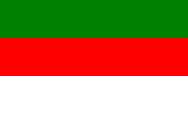



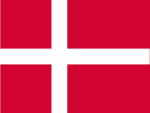



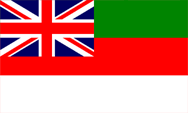


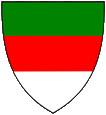
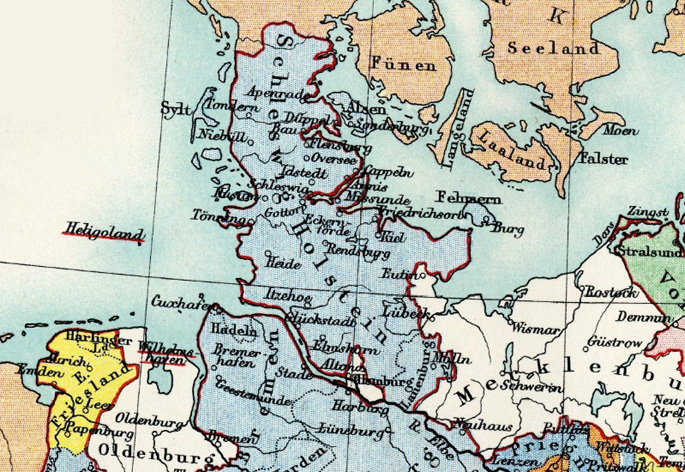
The Greeks called Heligoland probably "Basilea", the Celts "Abalus", and the Romans probably called it "Glaesaria". It was obviously a significant cultural home, and was known for its large-scaled temples, and got thats why the name Holy Land ("Helge Land"). In any case, Heligoland was formerly about two hundred times larger and densely populated. Probably in the 9th century Heligoland lost about 85% of its land area by a devastating storm surge, and the in the 12th century it lost again ca. 80% of its land area, and after than it consisted of two islands, namely Heligoland and Suedstrand (South Beach). Suedstrand sank in the great flood of 1362. A map of 1649 from the cartographer Johannes Mejer from Husum shows details. The hitherto existing remnant of Helgoland was divided in the New Year's Eve 1720/1721 by a storm surge, and the Island of Dune was separated from the mainland.
Source: www.eichner-dresden.de
1721 · King Frederick IV. of Denmark confiscates Schleswig as a forfeited Danish fiefdom, the Duchy of Schleswig comes back to the Danish kings, the to this date to Holstein-Gottorp belonging island of Heligoland comes to the Danish Duchy of Schleswig
1773 · contractual arrangement between Denmark and Russia: Schleswig and Holstein remain undivided, the older house of Holstein-Gottorf (now Czars of Russia) cedes Holstein in favor of the kings of Denmark, Denmark cedes Oldenburg and Delmenhorst to the younger line of the house of Holstein-Gottorf, Schleswig (and in this way Heligoland too) becomes (with Holstein and Lauenburg) a member of the Danish-Norwegian state, the Danish king is - as Duke of Holstein - a German prince, and thus a part of the Holy Roman Empire of German Nation, Beginning of a policy of danization towards the German population
1806 · Napoleon forces the creation of the Rhine Confederation, an alliance of sixteen southern and southwestern German states under French protectorate, which declare themselves sovereign and resign from the Holy Roman Empire of German Nation, hereupon Emperor Franz II. lays down the crown of the Holy Roman Empire of German Nation, the empire ends, Schleswig, Holstein and Lauenburg become annexed to Denmark
1807 · the island of Helgoland is occupied by British troops
1814 · Peace of Kiel, Helgoland is part of Great Britain
1st of July in 1890 · Heligoland-Zanzibar Treaty, Helgoland comes from Great Britain to Prussia and is thus a part of the German Empire, Heligoland becomes connected to the district of South Dithmar in the Prussian province of Schleswig-Holstein
1914-1918 · First World War, Heligoland is evacuated
1922 · Heligoland is a separate circle in the Prussian province of Schleswig-Holstein
1932 · Heligoland becomes connected to the district of Pinneberg in the Prussian province of Schleswig-Holstein
1939–1945 · Second World War; Heligoland is bombed on 18t of April 1945by the British Air Force, 1.000 planes drop at least 7.000 bombs, the island had become uninhabitable, the population becomes completely evacuated
18th of April in 1947 · the British army tries in vain to blast away the entire island by the largest ever non-nuclear Explosion in the history of the world, with 6.700 tons of explosives
1947–1952 · the British Air Force uses the island as a training ground for bombing
20th of Dezember in 1950 · two students and a lecturer from Heidelberg occupy the island and hoist the German flag, the flag of the European Movement and the flag of Helgoland
3rd of January in 1951 · British officers stop the occupation, then the parliament of the Federal Republic of Germany (FRG) demands the island back
1st of March in 1952 · Heligoland is released by the United Kingdom, and affiliated to the FRG
Source: Wikipedia (D),
Herders Conversations-Lexikon